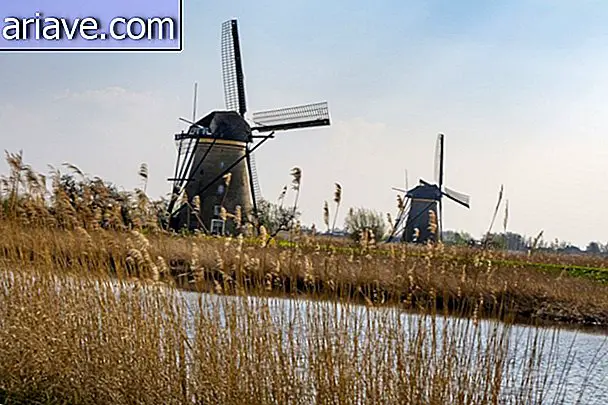Does it melt? Nearly 100 volcanoes identified under Antarctic ice
You have to agree that ice mountains and lava rivers do not match much, right? For if global warming did not pose sufficient risk to Antarctica, they now find that there are nearly 100 "hidden" volcanoes on the icy continent that no one was aware of and therefore it is unknown how many remain active or not. This makes the area one of the most volcanic regions on the planet, not to mention that scientists who announced the news believe there could be many other volcanoes hidden beneath the ice.
Discovery
According to Peter Dockrill of the Science Alert website, the discovery was made by researchers at the University of Edinburgh, Scotland, during surveys in an area spanning 3, 500 kilometers between the Ross Shelf and the Antarctic Peninsula. west of the continent.

More precisely, the scientists conducted the survey remotely using radar signals that could penetrate through the icy layers, and were looking for conical basaltic rock formations that created lumps in the ice. By then, previous monitoring had revealed 47 subglacial volcanoes in Antarctica - but this time the researchers eventually identified 91 new volcanic peaks, bringing the total known volcanoes on the continent to 138.
According to the researchers, the discovered volcanoes have altitudes ranging from 100 to 3, 850 meters, but it has not yet been possible to determine if any (or how many) of them remain active. However, as they explained, it is extremely important that this information is gathered as soon as possible, since if these formations erupt, melting of ice is inevitable - and, depending on the magnitude of the event, a potential increase in level. of the seas.

In any case, the researchers believe that volcano activity may be related to the amount of ice accumulated over the basaltic peak - and it is possible that thinner layers pose a higher risk of volcanism. That's because, according to scientists, the highest rate of volcanic activity in the world has been recorded in regions that have lost glacial cover after the end of the last ice age.
The theory is that without the ice sheets on the volcanoes, a greater pressure release occurs in the region where these formations meet and, consequently, the volcanoes become more active. But back to those identified in Antarctica, researchers will still have to do a lot of surveys and studies to assess the real impact of the discovery.











